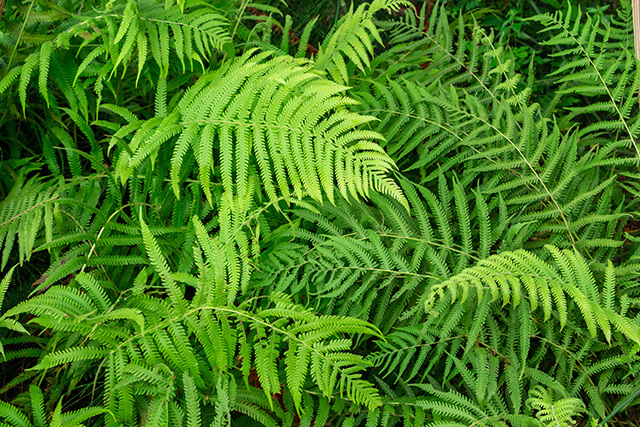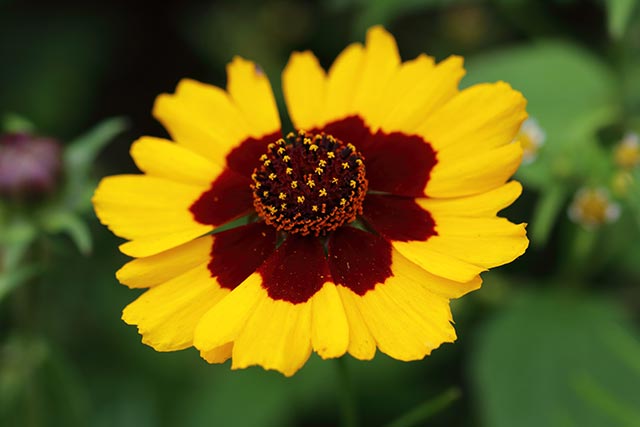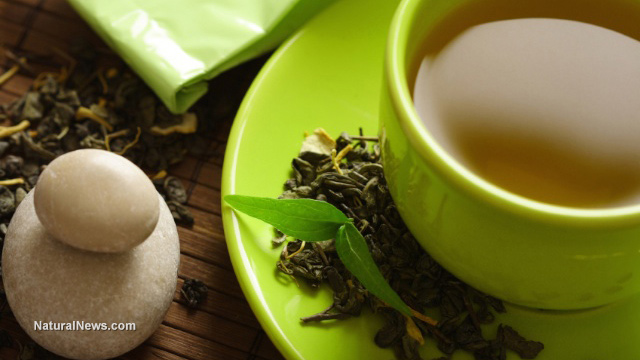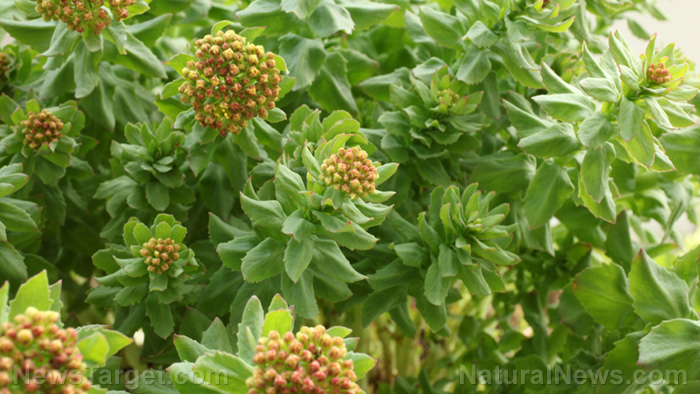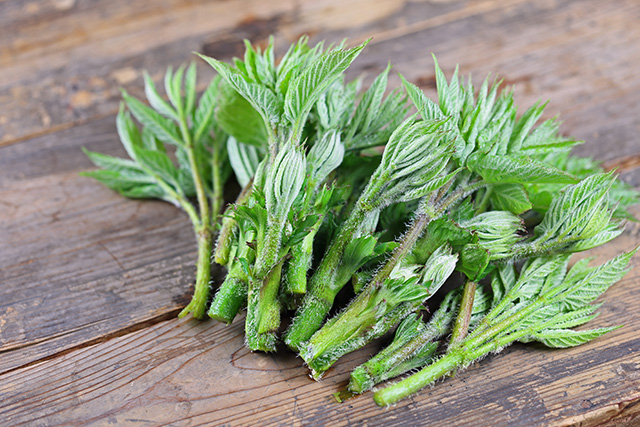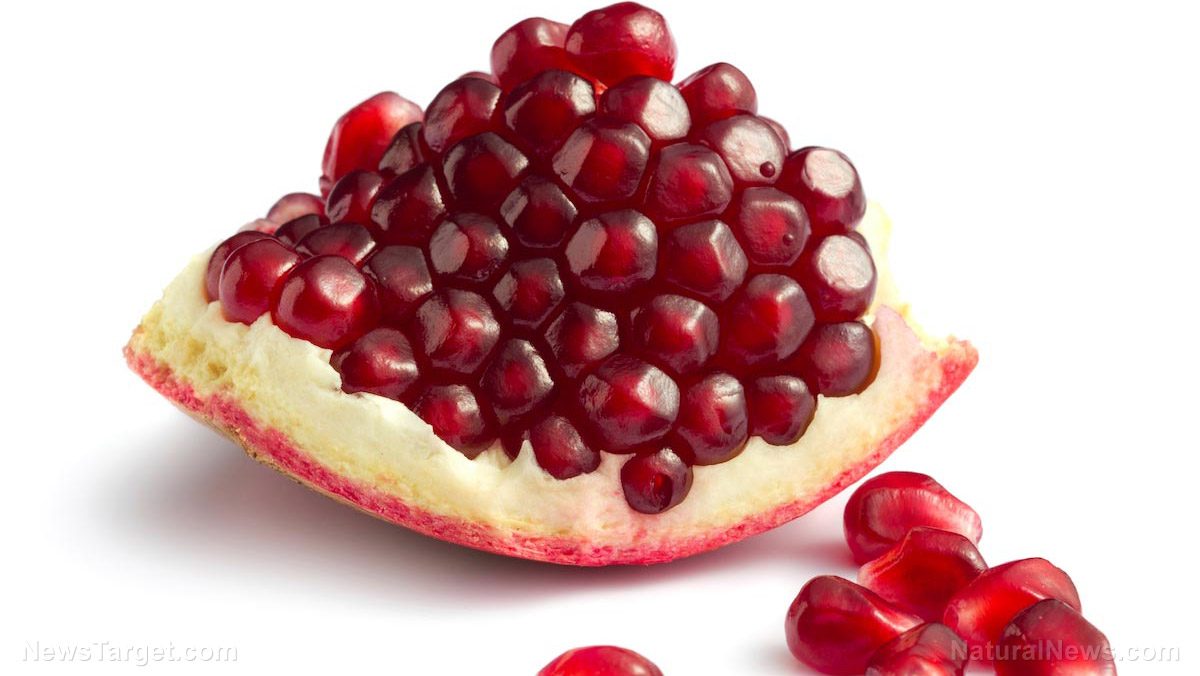Study: Three common lichen-forming fungi dramatically reduce the risk of breast and cervical cancer
09/29/2018 / By RJ Jhonson
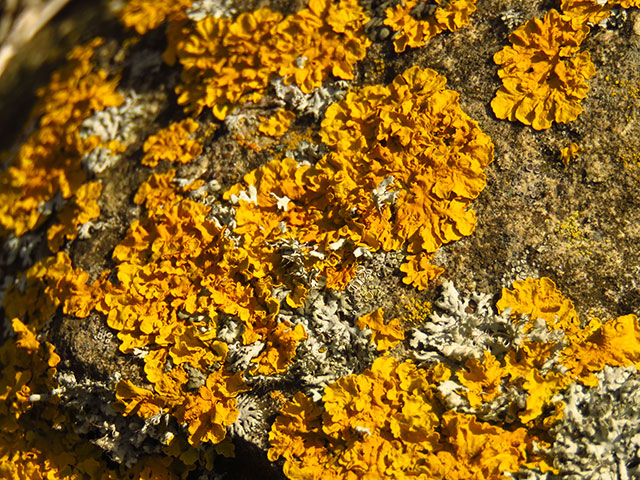
Some types of fungus are downright nasty, but some benefit humans in many ways. One such proof of this is research published in the journal BMC Complementary and Alternative Medicine that discussed the antibacterial and anti-cancer properties of acetone extracts taken from three species of lichen-forming fungi.
Lichen is among the hardiest organisms, able to live where many others cannot. In fact, experiments have shown that some can live in space. Perhaps it was this wondrous quality that drove the first humans to use lichen as a medicinal treatment, and modern research is proving these ancient people right.
The aforementioned research, published in 2017, had two goals. First, the authors wanted to find the optimal condition that would support the growth of the mycelia, the main body of the fungus composed of thread-like filaments and often located underground in soil-dwelling species. Of particular concern were three species of lichen-forming fungi: Caloplaca pusilla, Protoparmeliopsis muralis, and Xanthoria parietina.
Second, they wanted to examine the acetone extracts derived from these species and evaluate their antibacterial and anti-cancer properties.
The researchers tested the acetone extracts on six bacterial strains: Bacillus subtilis, Escherichia coli, Enterococcus faecalis, Klebsiella pneumoniae, Pseudomonas aeruginosa, Staphylococcus aureus, and Staphylococcus epidermidis.
To test the extracts’ antiproliferative qualities, they used three types of cancer cells: MCF-7 (human breast adenocarcinoma), PC-3 (human prostate cancer), and HeLa (human cervix adenocarcinoma).
They used two types of antimicrobial assays – agar disc diffusion and broth microdilution methods – to test for the acetone extracts’ bacteria-killing properties. Three types of cellular assay – MTT method, flow cytometry assay, and DAPI staining – to determine the viability of cancer cells.
The researchers reported highly successful results. P. muralis proved effective in inhibiting the growth of Gram-positive bacteria, such as B. subtilis, E. faecalis, S. aureus, and S. epidermidis. X. parietina reduced the viability of both HeLa and MCF-7.
Finally, C. pusilla proved most effective against the cancer cells, showing an impressive ability to lower the viability of MCF-7, PC-3, and HeLa. Treatment using increasing concentrations of extracts from this fungus induced apoptosis of cellular death in all three cancer cells.
The researchers concluded that all three fungi species had “strong antimicrobial and anticancer effects” and that they can be used as a source of antibacterial and antiproliferative compounds for use in treatment.
Fast facts about lichen and fungi
Contrary to how they appear, lichens are actually more than one organism. They are a composite organism, a symbiotic relationship between algae or cyanobacteria and fungi in a natural example of the sum being greater than its parts.
The fungus (or fungi in certain cases) provides a place for the algae or cyanobacteria to live, as well as water and nutrients for its survival. The algae and bacteria are capable of photosynthesis, from which the fungus derives either sugar alcohols or glucose as food. The algae and cyanobacteria have been observed to be able to live by themselves, but only in very restricted habitats.
They come in a wide variety of forms, shapes, and colors. Most lichens live on land, but some live in aquatic environments. They are also capable of living in very harsh environments, such as deserts, rocky cliffs, snowy wastelands, and even in very high altitudes. Russian scientists also discovered them capable of flourishing in the vacuum of space despite the absence of protection from cosmic radiations and extreme temperature fluctuations.
Lichens have a variety of uses for both humans and animals. Because of their extremely hardy nature, they can survive even during winter, making them important food sources for many animals. A good example of this is the aptly named reindeer lichen, which reindeer consider a favorite. Aside from serving as helpful natural treatments, they are also used as indicators of the magnitude of air pollution in their habitats, thanks to their remarkable ability to retain sulfur and other atmospheric metals.
Learn more about the health benefits of lichen at Remedies.news.
Sources include:
Tagged Under: anticancer, Antimicrobial, breast cancer, cervical cancer, fungus, lichen, Prostate cancer


